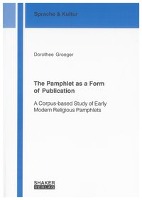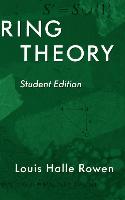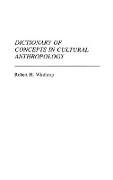The Pamphlet as a Form of Publication
BücherAngebote / Angebote:
George Orwell defined a pamphlet in his introduction to a collection of British Pamphleteers (1948) in a very modern way: "A pamphlet may be written either 'for' or 'against' somebody or something, but in essence it is always a protest". Given this rather popular definition, pamphlets nowadays are understood in a much narrower sense than they were in the times of their earliest appearance.
The pamphlet, as it was first produced at the beginning of the 16th century, was a short publication that was stitched, not bound. It was intrinsically multi-functional since it served as a platform for the publication of a range of texts and writings. It was a publication form rather than a single genre.
This project studies the relationship between the publication form pamphlet and its published texts, i.e. petitions, letters and treatises. It shows that specific contextual features of pamphlets, especially their cheap and easy production, influence the linguistic realization of published texts. A corpus of Early Modern English letter, petition and treatise pamphlets (1500-1700) serves as the basis for the examination. In order to detect differences in the linguistic realization the three pamphlet types are compared to text types appearing in their 'original' setting.
The results of the study show the general variability of text types. Instead of being abstract entities with invariable characteristics, text types are flexible, or even fuzzy concepts. In the case of Early Modern English pamphlets, text types were adapted in order to exploit the advantages of the socio-cultural status of pamphlets in discourse, and its pragmatic setting. Authors and editors often used the basic structure of a text type, and then modified it in response to the pamphlet's publication features. The project thus proves the importance of the pragmatic setting for the analysis of texts.
Folgt in ca. 2-3 Arbeitstagen




